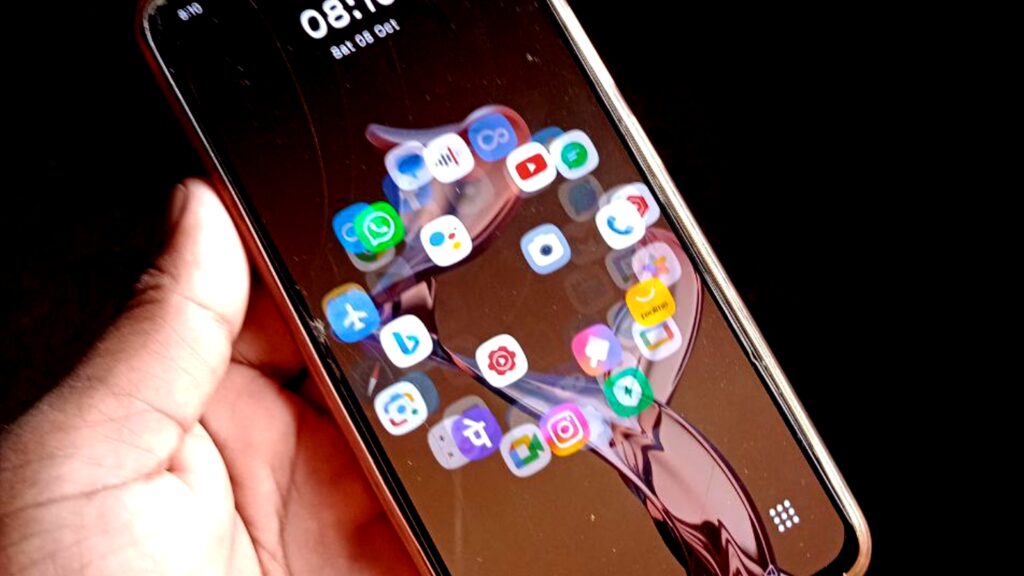Securing your mobile phone with a screen lock is a crucial step to protect your personal data. Here’s a comprehensive, step-by-step guide for setting up a screen lock on Android and iPhone devices, detailing all major methods and customization options.
Setting Screen Lock on Android
1. Open the Settings App
- Locate the Settings app on your Android device, usually represented by a gear icon.
- Alternatively, swipe down from the top of the screen to access the notification panel and tap the gear icon there.
2. Navigate to the Screen Lock Options
- Scroll to Security or Lock Screen & Security, depending on the manufacturer and Android version.
- On some devices, it may be under Biometrics and Security or simply Lock Screen.
3. Choose a Lock Type
You will see several options for securing your screen:
- None: Disables screen lock; not recommended for security purposes.
- Swipe: Allows unlocking by swiping; offers no security.
- Pattern: Draw a pattern on a grid. Patterns should be complex yet memorable to you.
- PIN: Enter a numeric code, usually between 4–8 digits. Avoid simple combinations like “1234” or your birth year.
- Password: Create a combination of letters, numbers, and symbols for enhanced security.
- Biometrics: Modern Android phones offer fingerprint recognition, facial recognition, or iris scanning.
Example Setup: Setting a PIN
- Tap PIN and follow the prompts to enter your desired code twice.
- Confirm and save.
4. Customize Screen Lock Settings
- Lock Automatically: Adjust how soon your phone locks after inactivity (e.g., 15 seconds, 1 minute).
- Smart Lock: Available on many Android devices, Smart Lock keeps your phone unlocked under certain conditions like being in a trusted location or connected to a trusted device.
How to Set Mobile Screen Lock: Android and iPhone
Setting Screen Lock on iPhone
1. Open the Settings App
- Locate and tap the Settings app, which has a gray icon with gears.
2. Navigate to Touch ID & Passcode or Face ID & Passcode
- Depending on your iPhone model:
- For newer models with Face ID (e.g., iPhone X and later), tap Face ID & Passcode.
- For models with Touch ID, tap Touch ID & Passcode.
- Older models may list it simply as Passcode.
3. Create a Passcode
- Tap Turn Passcode On if it’s not already active.
- Choose from the following options:
- 6-Digit Numeric Code (Default): Provides better security than a 4-digit code.
- 4-Digit Numeric Code: A less secure option for quick access.
- Custom Numeric Code: Allows setting a longer numeric passcode.
- Custom Alphanumeric Code: Offers the highest level of security by allowing numbers, letters, and symbols.
Example Setup: Setting a Custom Alphanumeric Code
- Tap Custom Alphanumeric Code.
- Enter your desired combination of letters, numbers, and symbols.
- Re-enter the code to confirm.
4. Enable Biometric Options
For added convenience, set up Face ID or Touch ID, depending on your iPhone model.
How to Set Up Face ID
- Tap Set Up Face ID within the Face ID & Passcode menu.
- Follow the on-screen instructions to scan your face using the front camera.
- Save the Face ID configuration.
How to Set Up Touch ID
- Tap Set Up Touch ID under Touch ID & Passcode.
- Place your finger on the home button and follow the prompts to scan your fingerprint from various angles.
Tips for Strong Screen Lock Security
1. Use Biometric Options
- Biometrics such as fingerprint or facial recognition make unlocking faster while maintaining high security.
- However, keep a secure passcode as a backup in case biometrics fail.
2. Avoid Predictable Combinations
- Steer clear of simple patterns, easy PINs like “0000” or “1234,” and personal details like birthdates.
3. Enable Automatic Lock
- Set your device to lock automatically after a brief period of inactivity (e.g., 30 seconds). This ensures security if the phone is left unattended.
4. Update Your Software Regularly
- Keeping your OS updated ensures you’re protected with the latest security features and patches.
5. Avoid Sharing Your Lock Information
- Refrain from sharing your screen lock credentials, even with trusted individuals.
Common Troubleshooting Tips
For Android Users:
- Forgotten Pattern or PIN: Use your Google account credentials to reset. Alternatively, a factory reset may be required.
- Biometric Sensor Issues: Clean the sensor area or recalibrate the biometric setup.
For iPhone Users:
- Forgotten Passcode: Enter recovery mode and restore your phone using iTunes or Finder.
- Face ID/Touch ID Not Working: Ensure the sensor or camera isn’t obscured by dirt or cases. Re-register the biometric data if needed.
Final Thoughts
Setting a screen lock on your mobile device is the first step toward digital security. Both Android and iPhone offer multiple options tailored to your preferences, combining convenience and security. Make sure to revisit these settings regularly to ensure your device remains protected in today’s dynamic technological landscape.

